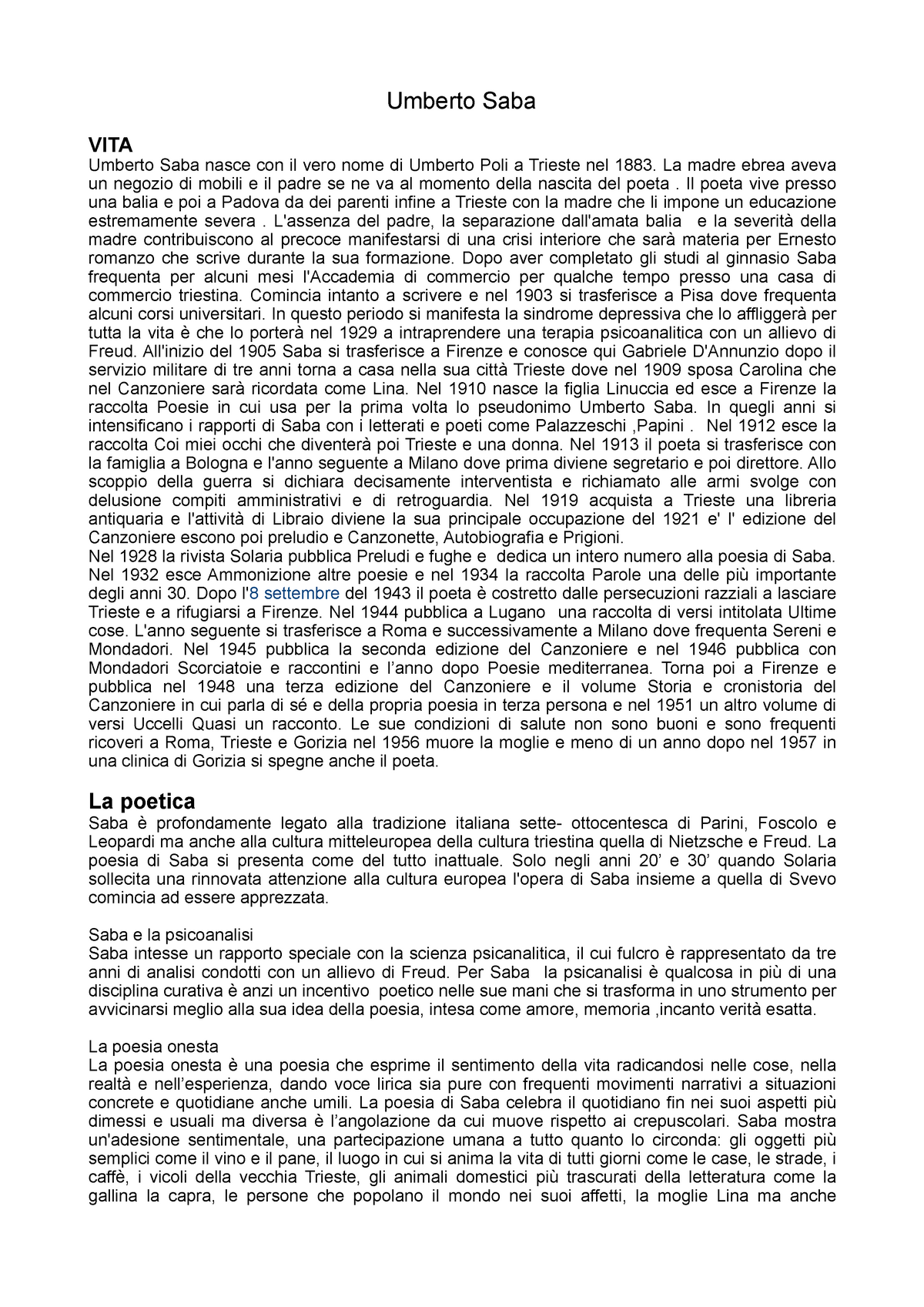
And the harder they pretend to be the former, the more likely they are to be the latter. “Youngsters generally try to pass themselves off as sophisticated rather than inexperienced. He wasn’t that crazy he knew from the relatively late age at which he began studying the instrument, it would be hard going ….” Ernesto, as you may have already gleaned, is also unusually clear-minded and straight forward. “Deep in his heart, however, he had barely any hope for it. (Trieste’s dialect is now extinct.) Ernesto fancies himself a Socialist, and has dreams of being a concert violinist. Saba’s eponymous hero is a precocious 16-year-old living in Trieste, Italy in 1898. The coming-of-age arc of Ernesto’s story will be familiar to many queer readers the setting somewhat less so. In a tightly compressed style animated with flashes of poetic insight, Saba’s prose achieves the directness, clarity, and honesty that characterized his poetry.”

Estelle Gilson, Ernesto’s godsent-translator, introduces the text, and estimates that “ Ernesto has become a landmark in Italian and international homosexual literature.” Beyond that achievement, Gilson concludes, “ Ernesto’s nuanced voicing adds layers of intensity to this classic story. This year the ever-more gay friendly press New York Review Books has published an English-language translation. Saba’s daughter kept the manuscript hidden until 1975, at which time it was published in Italian. “It was as if a dike had broken in me, and everything poured out all at once.” The decidedly queer nature of the story nevertheless rendered the novella difficult to publish at the time.

He was convalescing in a mental institution at the time, and there he recorded that the autobiographical bildungsroman-a novella, really-“poured out” of him. The Italian poet Umberto Saba wrote the story in 1953.


 0 kommentar(er)
0 kommentar(er)
